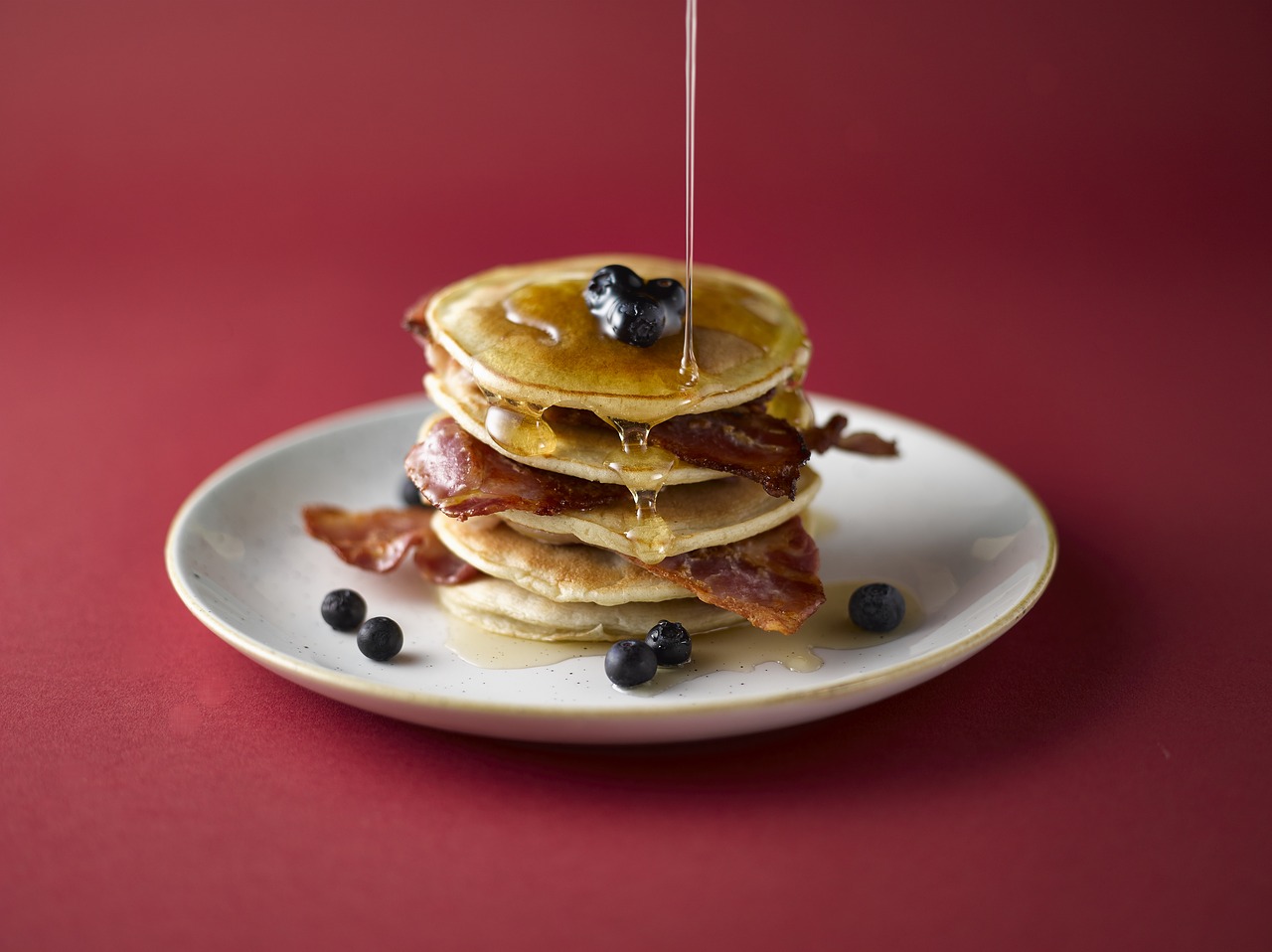IHOP is changing its name. Last week, the company tweeted (from its updated handle), “For 60 pancakin’ years, we’ve been IHOP. Now, we’re flippin’ our name to IHOb.”
In the week between the initial tweet and the official announcement, social media responded. The news definitely sparked my attention, and I haven’t stepped foot in an IHOP in over 10 years.
Many expressed outrage while others offered up guesses of what the “b” could stand for, and the IHOb account responded creatively to tease out the news and keep people guessing. Some notable predictions included breakfast, bacon, and even the right answer: burgers.
While the social media interaction was fun and sparked life into the brand, the big buildup to yesterday’s underwhelming announcement landed as flat as a pancake, in my opinion. I considered it misleading, as the company implied that the name change would be permanent, and instead it’s just a temporary ad campaign.
However, the PR stunt brought up a good point. It demonstrates how crucial branding and identity is to legacy brands. It also begs another relevant question…
When should you rebrand?
Rebranding makes sense when a company is shifting its services or has already made that shift – for example, offering more breakfast options than just pancakes. Apple Computers renamed to Apple, Inc. as they began to expand its product lines and sell more than computers. This was a natural move and made sense as the major brand identifier – Apple – was kept in the rebrand.
On a more personal level, this year yours truly changed our name from Ketner Group PR + Marketing to Ketner Group Communications. We’ve always been more than just public relations and marketing, offering services in social media, content development, and more, but we found it was time to change our name and logo to reflect that. But are we in the same boat as IHOP? Probably not.
Many food and retail brands never undertake such a public (or even private) rebrand, as the company name is the identifier for consumers. If they do, it’s a result of an acquisition, or done before they expand, like Starbucks did in its early years, originally named Starbucks Coffee, Tea and Spice. A smarter move for food and retail brands is a subtle logo change. And just a few years ago, IHOP did reveal a new logo. Last month, Best Buy redesigned its logo after 30 years. The font and colors are similar, and the yellow tag is still included to represent the company’s history. By changing its logo, Best Buy didn’t change its identity, but subtly alluded to how it’s adapting to an evolving retail environment.
IHOb is an example of how drastically changing one’s image, values or services can be met with hype, but also intense criticism. When undergoing a new logo design or rebranding – or in this case, just a burger campaign – brands should ensure that its essence is kept in the name.

